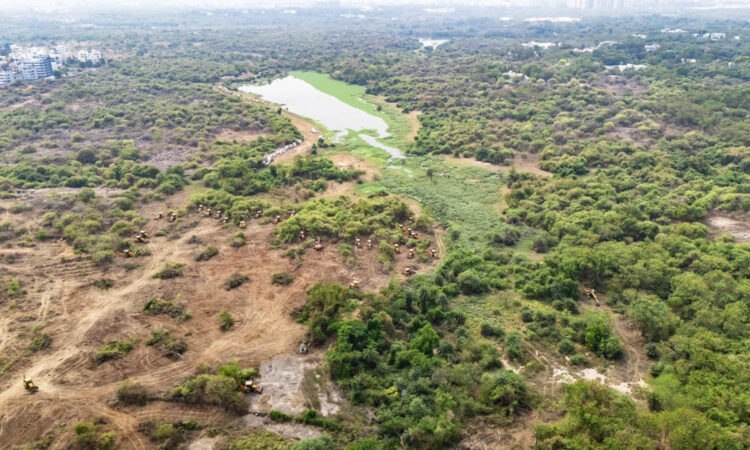HYDERABAD: The Survey of India has reported that Telangana’s geographical area includes 27,688 square kilometres of forest cover. To safeguard this ecological wealth, the Telangana Forest Department oversees 12 protected areas, comprising two tiger reserves, three national parks, and seven wildlife sanctuaries. Together, these zones extend over approximately 1.815 million acres—about 27% of the state’s forested region—and provide vital habitat for 365 bird species and 131 animal species.
Among the key conservation efforts are the two tiger reserves: the Amrabad Tiger Reserve (ATR) and the Kawal Tiger Reserve. Located across Nagarkurnool and Nalgonda districts, ATR spans a core area of 2,166.37 square kilometres and a buffer zone of 445.02 square kilometres. Once facing critically low tiger numbers in 2006, the reserve has shown signs of recovery through improved protection and management.
The Kawal Tiger Reserve, with a core area of 892.23 square kilometres and a buffer zone of 1,123.21 square kilometres, plays a significant role in regional tiger conservation. Positioned near Maharashtra’s Tadoba Andhari and Chhattisgarh’s Indravati reserves, it serves as a vital corridor for tiger movement. According to the All India Tiger Estimation 2022, seven tigers currently inhabit Kawal’s core and buffer zones, while the reserve also supports a population of 41 panthers, reflecting positive trends in wildlife conservation.
Telangana’s three national parks further contribute to ecological preservation. The Kasu Brahmananda Reddy National Park in Hyderabad, covering 1.42 square kilometres, offers a green retreat for species such as peacocks, jungle cats, rabbits, birds, and reptiles. Mrugavani National Park in Ranga Reddy district, spread over 3.60 square kilometres, is home to spotted deer, sambar, wild boar, and a range of birds. The largest, Mahavir Harina Vanasthali National Park, also in Ranga Reddy, covers 14.59 square kilometres and shelters blackbucks, leopards, jungle cats, four-horned antelopes, and other native wildlife.
In addition to the tiger reserves and national parks, seven wildlife sanctuaries across various districts help preserve Telangana’s natural heritage. These include the Pranahita and Shivaram sanctuaries in Mancherial, Eturnagaram in Mulugu, Pakhal in Mahabubabad and Warangal, and Kinnerasani in Bhadradri Kothagudem. While the exact area of Kinnerasani is unspecified, the others range from 29.81 to 860.20 square kilometres in size.
Together, these protected areas form the backbone of Telangana’s efforts to conserve its forests and the rich biodiversity they sustain.










